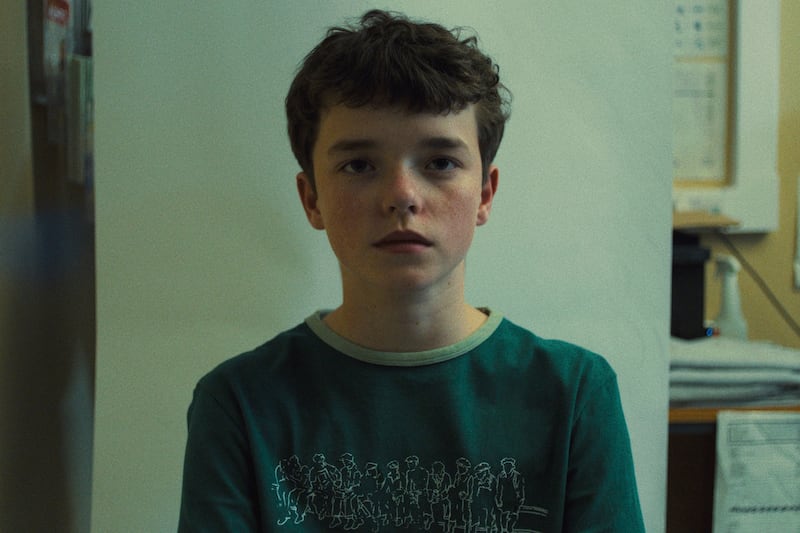The preface to Heather Ingman’s new book on Elizabeth Bowen alludes to its blend of forms, whereby Ingman sets passages of memoir from her own life alongside a biography of one of the most acclaimed writers of the 20th century.
According to Ingman, this style of writing has become more common since the pandemic, an inclination towards inwardness that has seen writers incorporate their personal histories into analysis of another’s work. Recent publications such as Mad About Shakespeare by Jonathan Blake and Fierce Appetites by Elizabeth Boyle are referenced, and later, we return to the subject with a quotation from Proust, via Bowen, noting that every reader is, while reading literature, at the same time a reader of her self.
Ingman is well placed to analyse Bowen’s life and writing. A scholar noted for her work on Irish fiction, she is a visiting research fellow at Trinity College and was until her retirement an adjunct professor in the School of English, where she taught courses on Irish writing and modernist women’s fiction. With Clíona Ó Gallchoir, Ingman co-edited A History of Modern Irish Women’s Literature (Cambridge University Press, 2018) and as recently as 2021, she wrote a book on Bowen for the Key Irish Women Writers series issued by the academic publisher EER.
The same publisher is behind this new book, which comes with a significant price tag, although the e-book version is £20. One metric for this review could be to determine whether the book merits such a spend by the average reader. At 188 pages, there is a slightness in certain areas that cannot be overlooked. A knowledge of Bowen and her work is assumed, which is not necessarily a drawback, just something to be considered.
Irish Tesla owners on Musk’s EV company: ‘I’m either stuck with it, or I have to take a big financial hit’
‘Our daughter is almost 40 and moving out soon, but she has told her son that he can stay with us’
‘I grew up in an apartment in another country. I bought an apartment in Dublin and had to get out after a year’
Adolescence: Five truths about our teenage boys we need to address urgently
Extremely brief summaries of Bowen’s 10 novels have a cursory quality, too fleeting to be of value. Ingman notes in the acknowledgments that the book is “not primarily a work of scholarship”, which means it lacks the rigour of an academic work. The opening chapter, for example, on the parallels between Bowen’s ancestral home, Bowen’s Court in Cork, and Ingman’s affiliation through marriage to Knockdrin Castle in Westmeath, reads somewhat haphazardly in its historical timelines and anecdotes.
Elsewhere, the need to draw comparison can feel strained. A chapter entitled National Trauma sees Ingman align the pandemic to the second World War, in which Bowen served as an air-raid warden. While both are vivid narratives in their own right — the predicament for Ingman’s elderly parents during the pandemic is moving and highly relatable — phrases such as “If the Covid-19 pandemic was like a war” or “if I were to compare [those early weeks of lockdown]” show the mechanism, and feel like a reach.
Happily, the connections across the 10 chapters as a whole have a more organic, layered quality that makes for interesting reading. Both women felt like outsiders as children, having been uprooted from their homes. On her move from the north of England to Kent, Ingman says: “I was able to look on life there with the eyes of an observer or, as Bowen might have termed it, a spy.” Both had seminal experiences in boarding school, and early fascinations that turned into enduring connections with France.
Ingman’s life comes into focus in this section, first her time spent as an au pair in her teens, and later living alone as a student in Grenoble. Other standout episodes include her grandmother Hilda’s struggle with mental illness and the arduous process of adopting a child from Ecuador in the 1980s. Throughout the book, the details are vibrant, from the big and momentous — a relationship with the poet Eugene Dubnov — to the particular, such as the pink corset-satin curtains in the drawing room at Bowen’s Court.
Meanwhile, a portrait of Bowen comes through in the mix of anecdotes, letters, quotations from her fiction and non-fiction. Ingman gives a rounded view, praising Bowen’s work and her formidable character, but also dealing candidly with matters less palatable: the fact that Bowen’s Court was built on “seized land”; the controlling aspects of Bowen’s personality; the acknowledgement that she could be ruthless in her dealings with people, particularly the wives of her lovers.
The impact of the personal on Bowen’s writing is also deftly explored, from the death of her mother Florence when Bowen was 13, into adulthood and her long affair with the Canadian diplomat Charles Ritchie. All told, Ingman’s singular book is an ode to a singular writer whose “portrayals of women, young and middle-aged, of people uncertain about their sexuality, of children who have experienced loss far too early in their lives, of refugees and those who struggle to find a home for themselves, continue to attract a worldwide readership today”.












